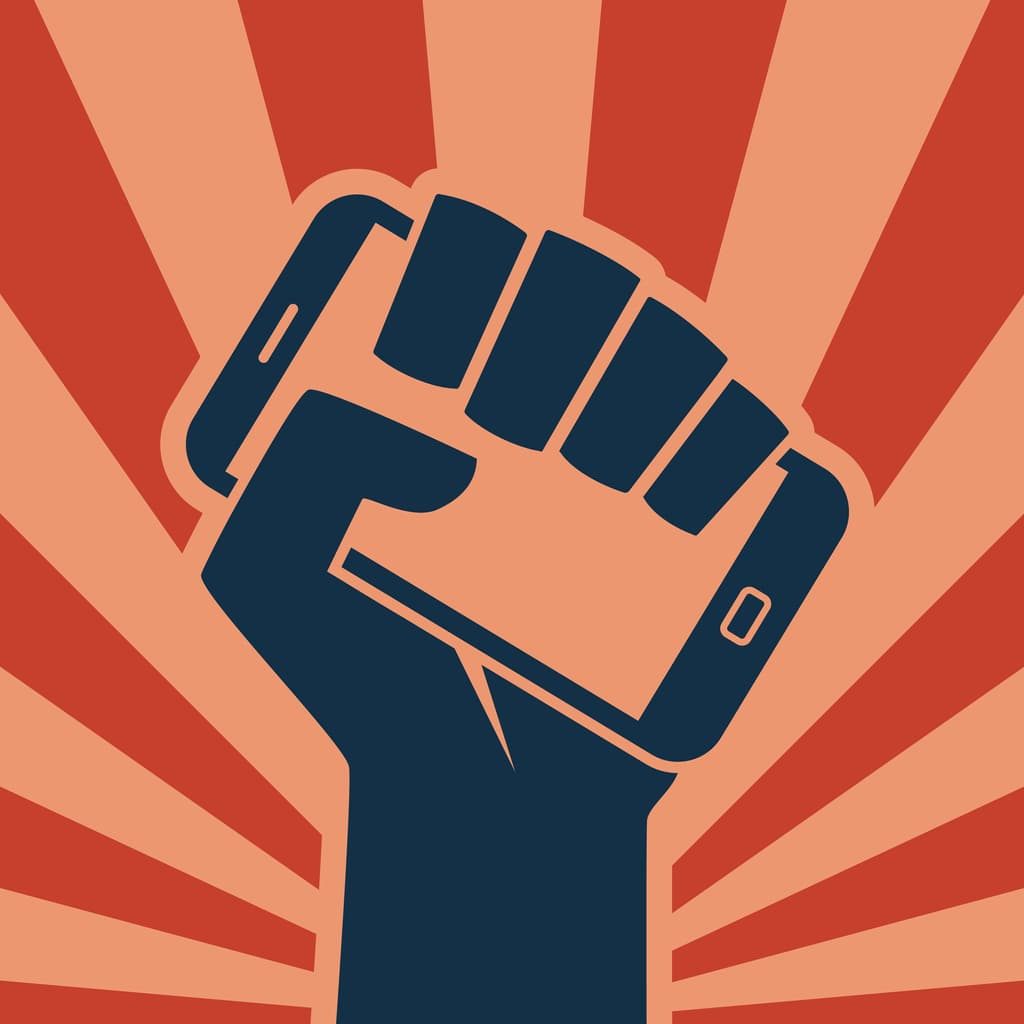
When we think of the Industrial Revolution, we tend to think of the start of the 19th century and worthy gentlemen wearing stovepipe hats and mutton chop whiskers standing looking serious next to steam engines. We know it had a lot to do with the way our world is now, but it’s all a very long time ago.
In fact, the Industrial Revolution, or rather the series of industrial revolutions, has never ended: we are currently in the middle of the fourth Industrial Revolution. The first revolutionized industry by harnessing the power of water and steam; the second used electricity in creating mass production; the third automated industry using IT; and now the fourth is in full swing, using digital technology to revolutionize every aspect of our commercial, social, and personal lives.
As a civilization, we are surfing a wave of extraordinary digital innovation, where science fiction is becoming hard reality every single day. Older readers may remember Star Trek IV: The Voyage Home (the one with the humpback whales?): the crew of the Enterprise return to Earth in 1986 from the future and are astonished to find that you can’t control a computer by talking to it. Fast forward a couple of generations and it’s become a commonplace to just shout at a miniature speaker to order your pizza – in fact this very blog is being dictated to a computer. Similar innovations have occurred in every area of technology: smartphones, tablets, autonomous vehicles, the whole Internet of Things represent innovations that seemed impossible just a decade ago.
Just like the first Industrial Revolution, this fourth revolution will transform the world, and just like the first, it will have its downsides. The first revolution required slave labour for its raw materials and slave labour in all but name for its factories; the horrific conditions in which African children are forced to mine the necessary rare-earth minerals for our devices are a shameful modern echo of those times. Even in developed countries there is the potential for the fourth revolution to cause much suffering and poverty; increasing automation and digitization will mean many human tasks become redundant. Deciding what should be done with the surplus workforce will be one of the great challenges of the fourth industrial age.
Which brings us to government: the ways in which governments deal with this new industrial revolution will be crucial as we stand at a fork in the road between utopia and dystopia. It is not hard to see how all the available new technologies could be abused: simply imagining modern surveillance technology in the hands of a Hitler or a Stalin is enough to give one nightmares. However, properly used, technology could revolutionize healthcare, social care, environmental stewardship, transport – every aspect of human life. In order to do this, governments (and business) will have to be agile, proactive, and forward thinking, anticipating the latest technologies and rapidly incorporating them into their operations.
To paraphrase Hamlet slightly, there’s nothing good or bad but humans make it so. The fourth Industrial Revolution offers the opportunity for humanity to be free from poverty, drudgery, inequality, even sickness; managed wrongly, it could massively increase inequality and turn 90% of the population into oppressed drudges. Probably, as with the first Industrial Revolution, we will end up with a mixture of the two; whatever happens, it’s sure to be quite a ride.